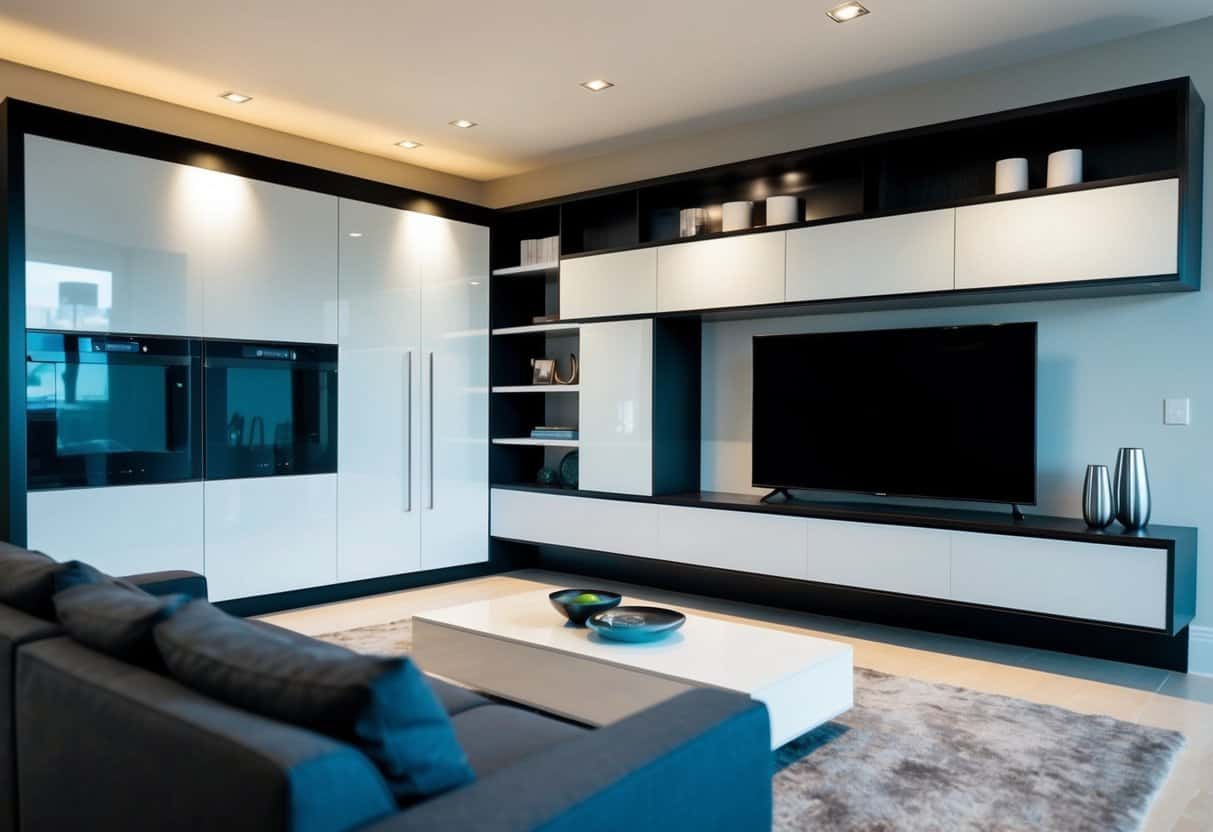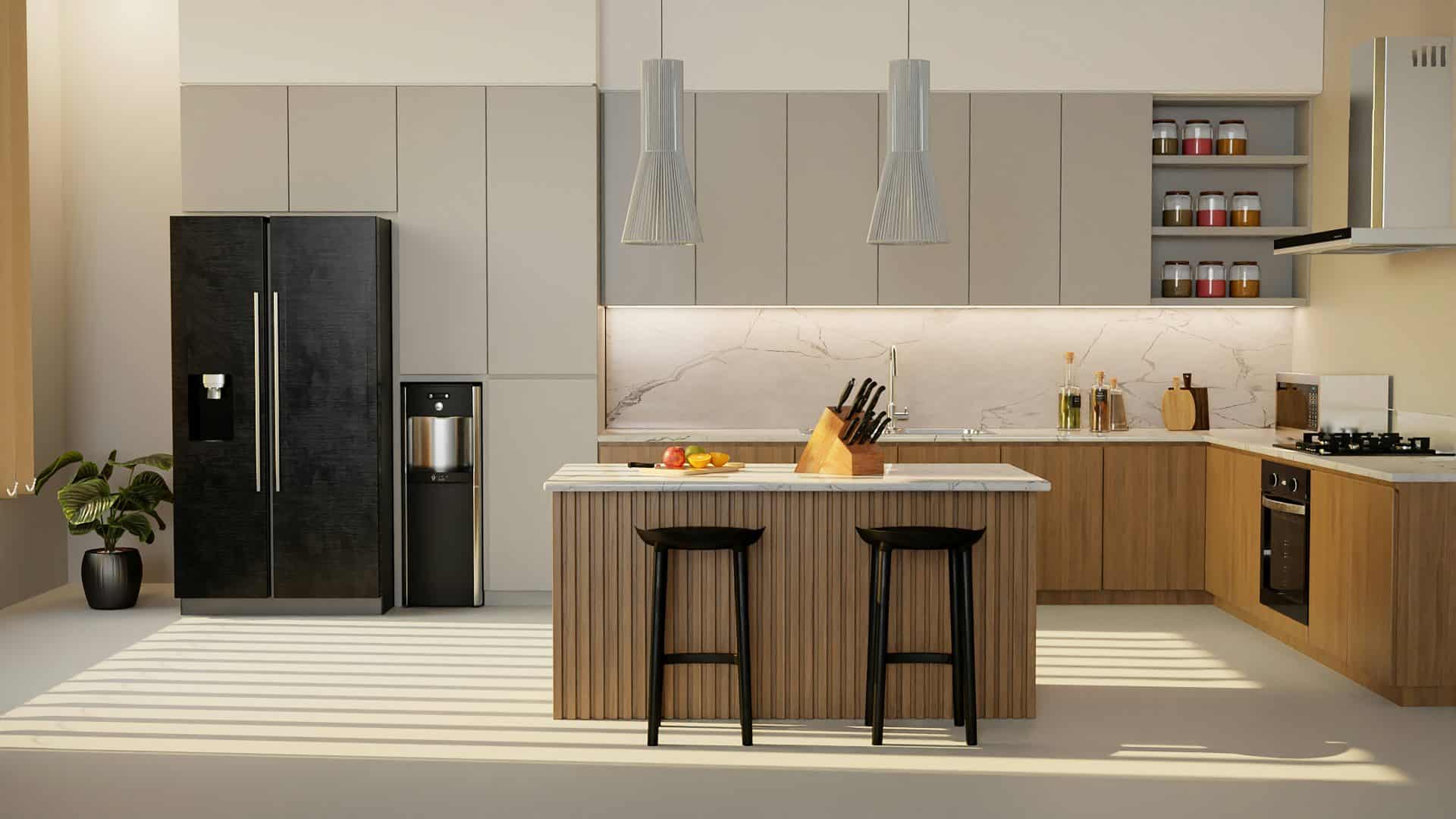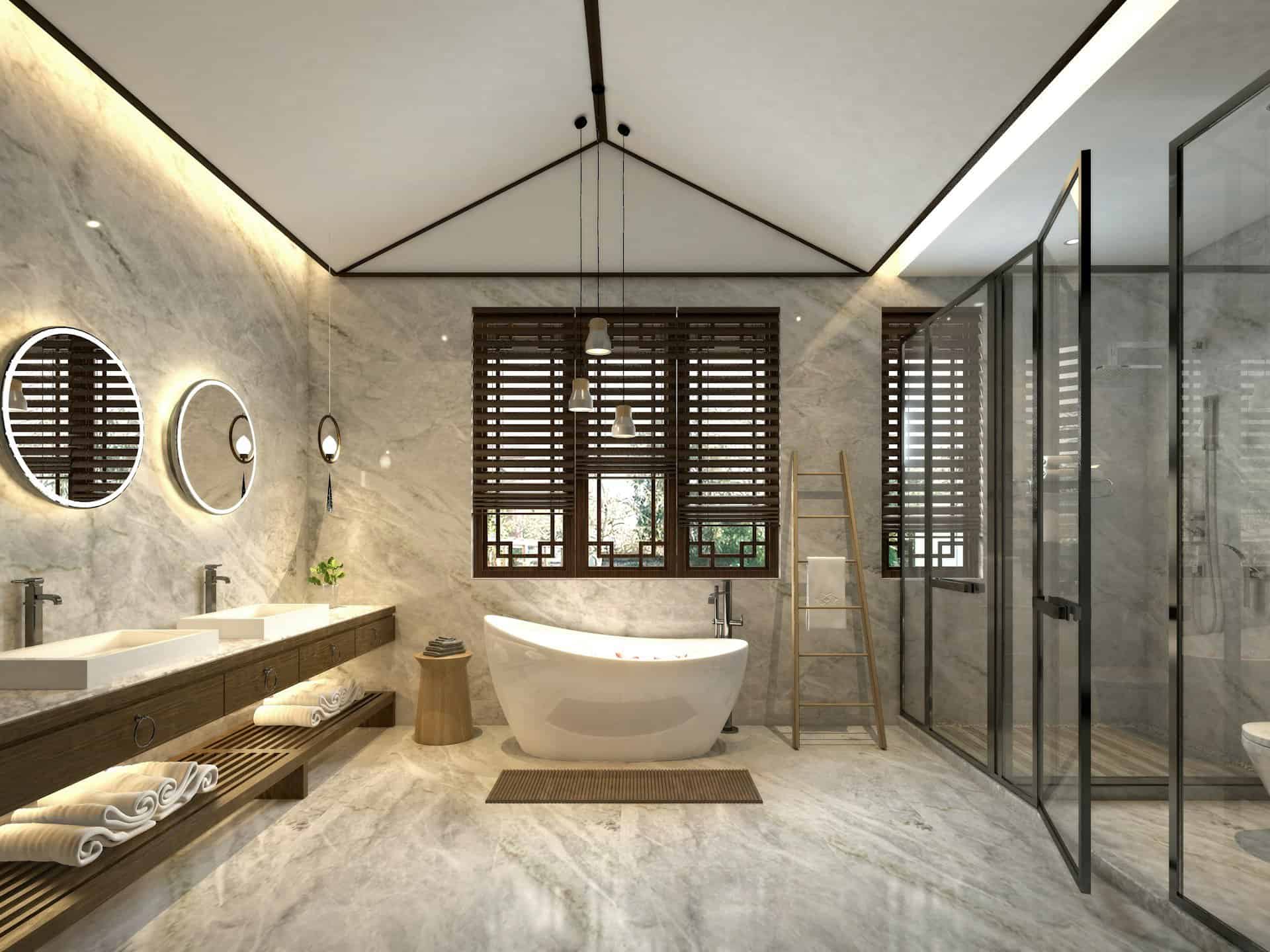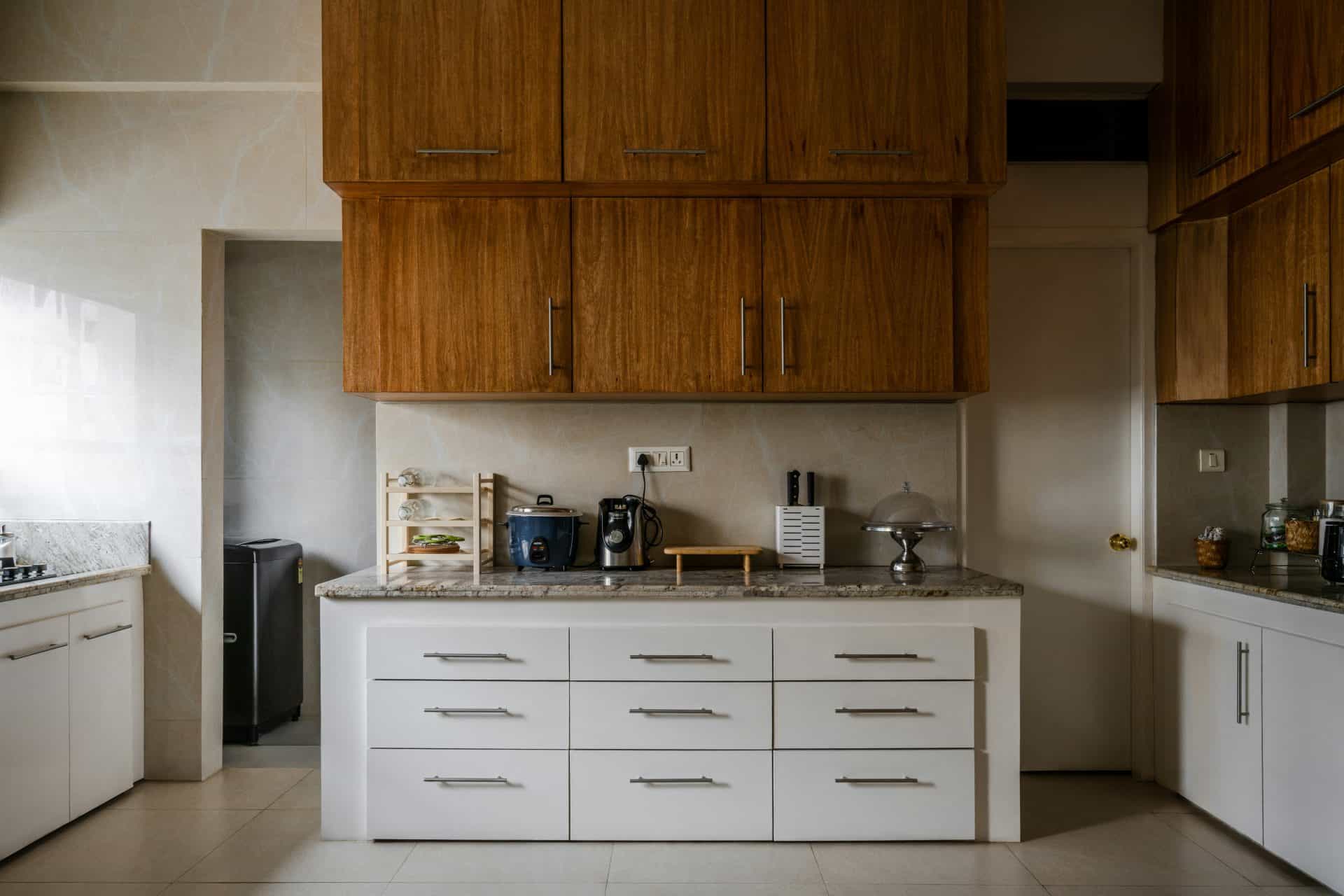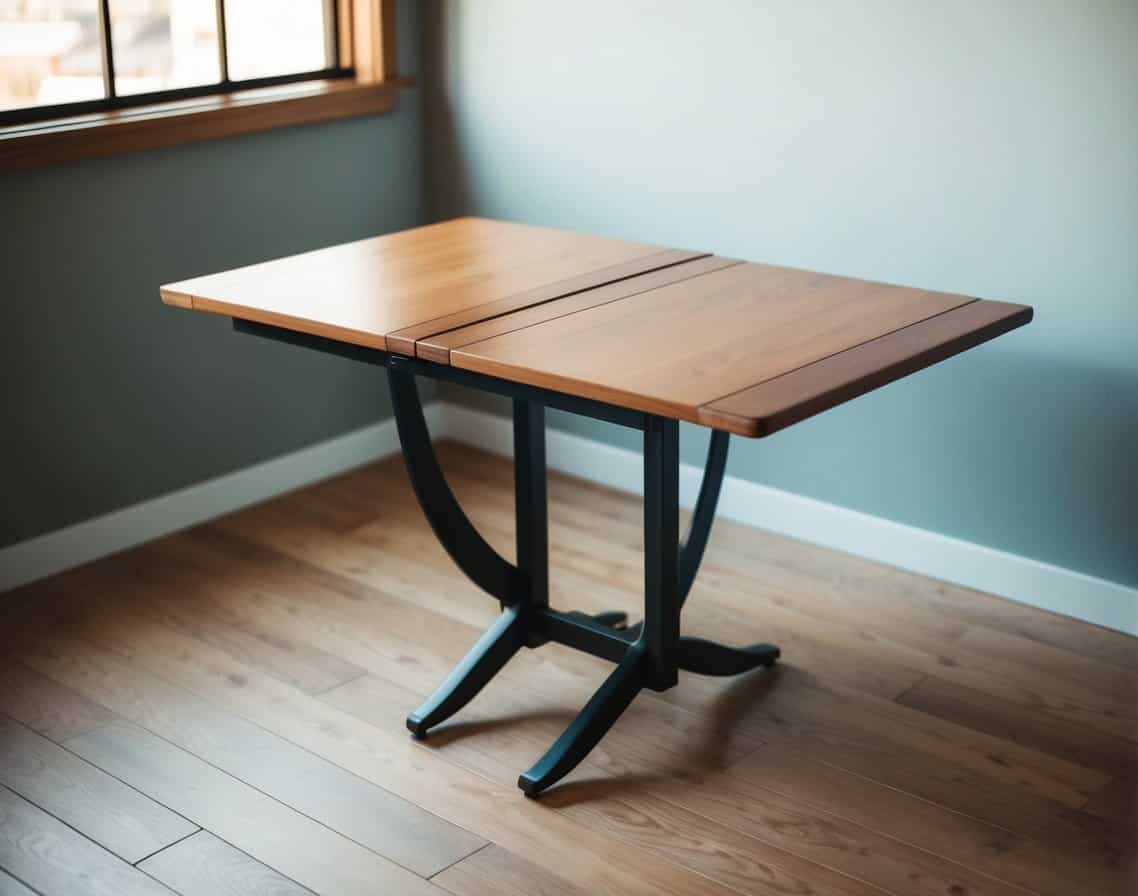Outdoor lighting can transform your home’s exterior, boosting curb appeal and safety. It adds charm to your outdoor spaces and helps you enjoy them after dark.
The right outdoor lighting improves security, enhances your home’s appearance, and extends your living area into the night.
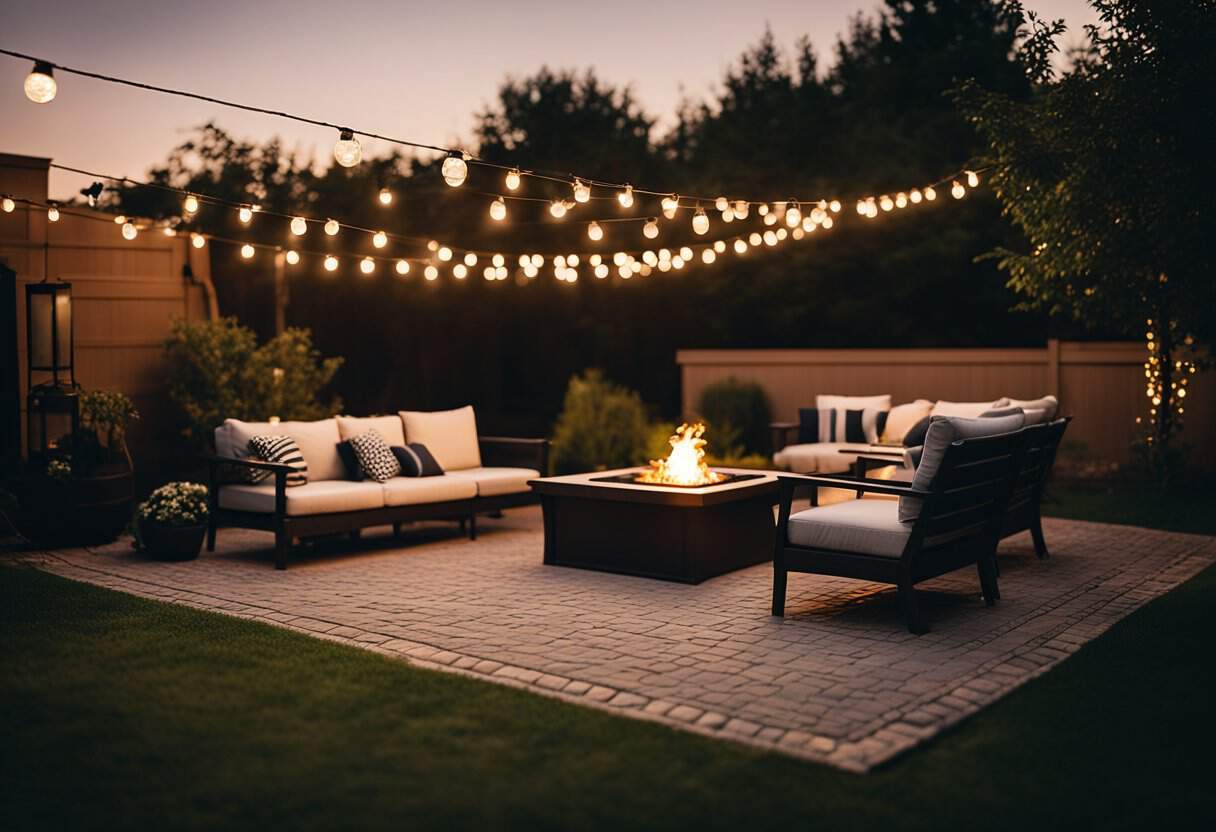
Picking the best outdoor lights can be tricky. You need to think about brightness, style, and where to put them.
LED lights are a good choice. They last long and use less power.
Wall lights, path lights, spotlights, and other light fixtures are some options to consider.
When planning your outdoor lighting, think about what you want to highlight. Maybe it’s a beautiful tree or your home’s architecture.
Don’t forget about practical needs like lighting walkways and entrances.
A mix of lighting types creates a warm and inviting outdoor space.
Key Takeaways
Outdoor lighting enhances safety, aesthetics, and usability of exterior spaces
LED lights offer energy efficiency and longevity for outdoor use
A well-designed lighting plan combines style and function for the best results
Understanding Outdoor Lighting Basics
Outdoor lighting enhances the beauty and safety of outdoor spaces. It comes in various types, with different brightness levels and efficiency ratings.
Proper outdoor lighting also considers environmental impact and security needs.
Benefits of Outdoor Lighting
Outdoor lighting offers numerous benefits that can enhance the functionality, safety, and aesthetic appeal of your outdoor spaces. Here are some key advantages:
Extended Usability of Outdoor Areas: With proper outdoor lighting, you can enjoy your outdoor spaces even after sunset. Whether it’s for gatherings, relaxation, or safe movement, lighting extends the usability of patios, gardens, and walkways.
Improved Safety and Security: Well-placed outdoor lighting can deter intruders and provide a sense of security. Illuminating high foot traffic areas like pathways and entryways reduces the risk of accidents and makes your home safer.
Enhanced Curb Appeal: Outdoor lighting can highlight the architectural features of your home, creating a warm and welcoming ambiance. It adds charm and character to your property, making it stand out in the neighborhood.
Increased Property Value: A well-designed outdoor lighting plan can increase the value of your property. Potential buyers are often attracted to homes with beautiful and functional outdoor spaces, making it a worthwhile investment.
Types of Outdoor Lights
Outdoor lights come in many forms to suit different needs. Path lights illuminate walkways and garden edges. Wall-mounted fixtures provide general lighting for porches and entryways. Ceiling lights, such as chandeliers and flush mounts, can enhance both functionality and aesthetics in outdoor spaces. Outdoor wall lights not only illuminate dark spaces but also enhance home security and create a welcoming atmosphere.
Spotlights and uplights accent trees, sculptures, or architectural features. Step lights improve safety on stairs and decks. Flood lights offer wide-area illumination for security.
Post lights stand alone to light driveways or define property boundaries. String lights create a festive atmosphere for patios and outdoor entertaining areas.
Evaluating Brightness and Efficiency
Brightness in outdoor lights is measured in lumens, not watts. More lumens mean brighter light. For example, a standard 100-watt bulb produces about 1,600 lumens.
LED lights are highly energy-efficient. Choosing the right light bulbs is crucial for different outdoor fixtures, considering factors like energy efficiency and longevity. They use less power and last longer than traditional bulbs. This saves money on energy bills and replacement costs.
When choosing outdoor lights, consider:
Lumens needed for the area
Energy efficiency rating
Color temperature (warm or cool light)
Durability in outdoor conditions

Light Pollution and Safety Considerations
Proper outdoor lighting improves safety without causing light pollution. Light pollution occurs when excess artificial light brightens the night sky.
To reduce light pollution:
Use shielded fixtures that direct light downward
Choose warm-colored lights (under 3000K color temperature)
Install motion sensors or timers to limit unnecessary lighting
For safety, ensure adequate lighting around:
Entryways
Walkways and steps
Driveways and parking areas
Layering different types of lights creates a safe, visually appealing outdoor space. This includes a mix of ambient, task, and accent lighting at various heights and angles.
Designing Your Outdoor Lighting Plan
A well-designed outdoor lighting plan enhances your home’s beauty and functionality. It highlights architectural features, creates ambiance, and complements your landscape.
Incorporating Architectural Features
Choose fixtures that complement your home’s style. Modern homes pair well with sleek, minimalist lights. Traditional houses look great with classic lanterns or sconces.
Use lighting to draw attention to unique architectural elements. Uplights can highlight columns, arches, or textured walls. Downlights work well to illuminate entryways and porches.
For doorways, select lights that are 1/5 the size of the door’s height. Place them 6 inches above the door for proper proportions.
Creating Ambiance with Lighting
Layered lighting creates depth and atmosphere in outdoor spaces. Use a mix of ambient, task, and accent lighting for the best effect.
Soft, warm lights (2700-3000K) create a cozy, inviting atmosphere for entertaining areas. Patio lights can transform outdoor spaces into inviting environments, perfect for gatherings and relaxation. Cooler lights (3000-4000K) work well for task lighting in cooking or reading zones.
Dimmers allow for flexible lighting levels. Bright light for safety can be dimmed for a more relaxed mood later in the evening.
Pendant lights add elegance to covered patios. Pendant lights hang from above, providing targeted illumination and adding a touch of sophistication to the space. For 8-foot ceilings, hang them 12-20 inches down. Add 3 inches for each extra foot of ceiling height.
Landscape Lighting and Aesthetics
Landscape lighting showcases your yard’s best features after dark. Various lighting options, like string lights and pathway lights, contribute to creating inviting atmospheres in any outdoor setting. It adds depth, texture, and visual interest to your outdoor space.
Use uplights to highlight trees, sculptures, or water features. Path lights guide visitors safely while adding a decorative touch.

Consider the size of your space when choosing fixtures. Larger areas can support bigger, bolder lighting choices.
Balance is key. Avoid over-lighting, which can create harsh glare. Instead, aim for a soft, even glow throughout the landscape.
Remember to light both the foreground and background. This creates depth and prevents a flat, one-dimensional look in your yard.
Outdoor Lighting Styles and Trends
Outdoor lighting styles and trends are constantly evolving, offering a variety of options to suit different tastes and home designs. Here are some popular styles:
Modern and Contemporary: Characterized by sleek lines and minimalist designs, modern outdoor lighting focuses on functionality and simplicity. These fixtures often feature clean shapes and neutral colors, making them perfect for contemporary homes.
Traditional: Traditional outdoor lighting includes classic design elements like lantern shapes and ornate details. These fixtures add a timeless elegance to your home, complementing traditional architectural styles.
Industrial: Inspired by old warehouses and factories, industrial outdoor lighting fixtures often feature exposed bulbs and metal accents. This style adds a rugged, edgy look to your outdoor spaces, perfect for urban or loft-style homes.
Transitional: A blend of traditional and contemporary styles, transitional outdoor lighting offers a versatile and timeless look. These fixtures combine classic and modern elements, making them suitable for a wide range of home designs.
Selecting Fixtures and Features
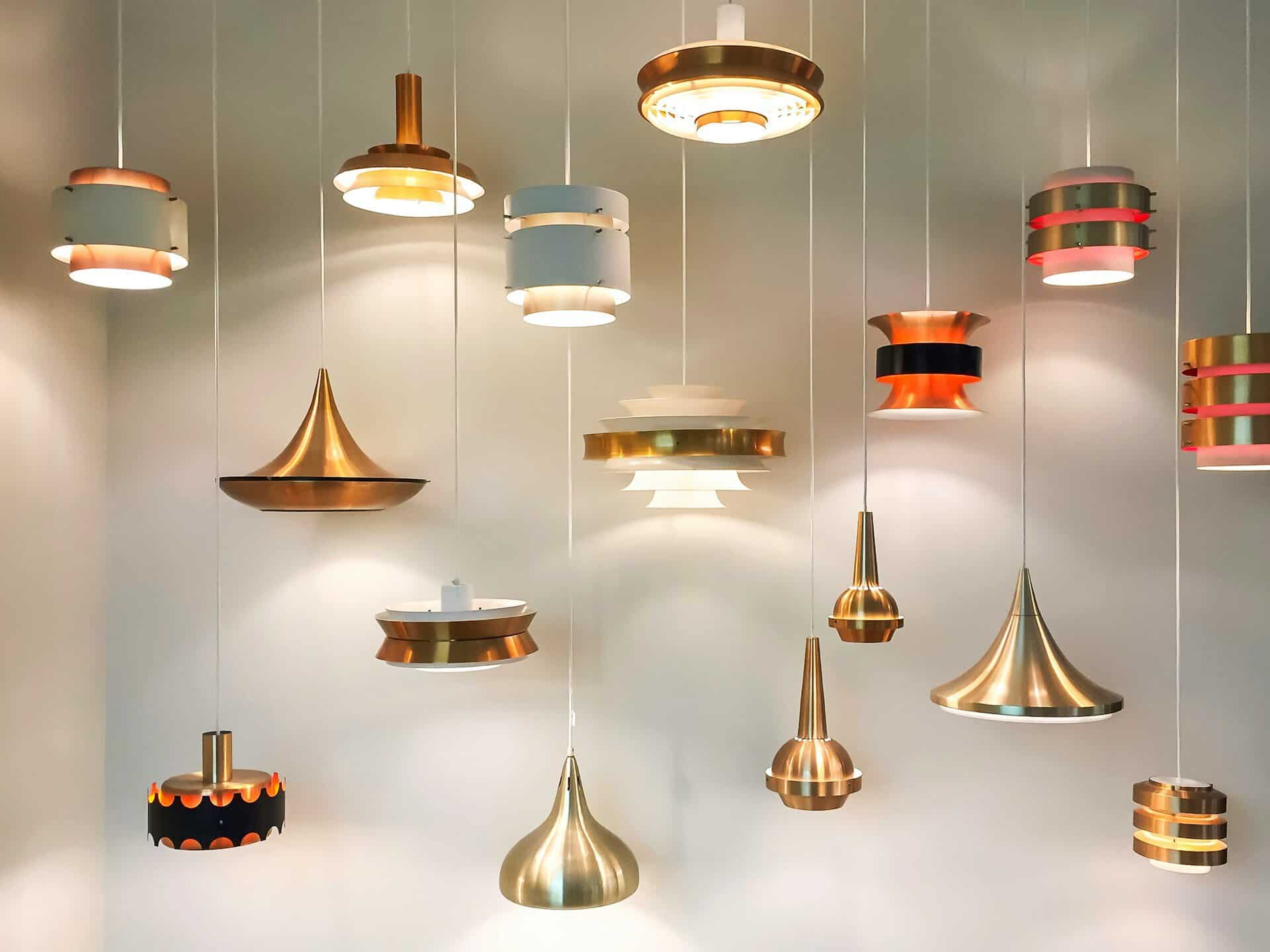
Choosing the right outdoor lighting involves considering functionality, technology, and durability. The right fixtures can enhance your home’s beauty while providing safety and convenience.
Choosing the Right Fixtures for Functionality
Security lights and floodlights are key for safety. They light up large areas and deter intruders. Place these near entry points and dark corners.
For pathways, use low-level lights to guide people safely. These can be solar-powered for easy installation.
Accent lights highlight landscaping features. Use spotlights to show off trees or architectural details.
Wall lights by doors provide necessary illumination for keys and locks. When selecting an outdoor light fixture, consider its UL rating to ensure it can withstand exposure to moisture and water. Choose fixtures that complement your home’s style.
Smart Lighting and Control Systems
Smart lighting systems offer convenience and energy savings. They let you control lights from your phone or set schedules.
Motion sensors turn lights on when needed, saving energy. They’re great for areas you don’t use often.
Some systems adjust brightness based on natural light levels. This ensures you always have the right amount of light.
Voice control through smart home assistants adds ease of use. You can turn lights on or off without leaving your couch.
Durability and Material Considerations
Outdoor fixtures face harsh conditions. Choose materials that can withstand your local weather.
Solid aluminum is a popular choice. It’s lightweight and resists rust.
Brass and copper develop a nice patina over time. They’re very durable but can be pricey.
Look for fixtures with sealed housings. This keeps out moisture and insects.
Check the IP rating. Higher numbers mean better protection against water and dust.
LED bulbs last longer in outdoor conditions. They also use less energy, saving you money over time.

Color Temperature and Wattage
When selecting outdoor lighting, color temperature and wattage are crucial factors to consider. Here’s what you need to know:
Color Temperature: Outdoor lighting is available in a range of color temperatures, from warm white (2500K-3000K) to cool white (3500K-5000K). Warm white light creates a cozy, inviting atmosphere, ideal for ambient lighting in patios and seating areas. Cool white light is brighter and more focused, making it suitable for task lighting in areas like driveways and outdoor kitchens.
Wattage: The wattage of outdoor lighting fixtures varies depending on their purpose. Pathway lights typically require lower wattage (20-40 watts) to provide gentle illumination without overwhelming the space. Flood lights, on the other hand, may need higher wattage (50-100 watts) to cover larger areas and enhance security. Choosing the right wattage ensures adequate lighting without excessive energy consumption.
Installation and Maintenance Tips
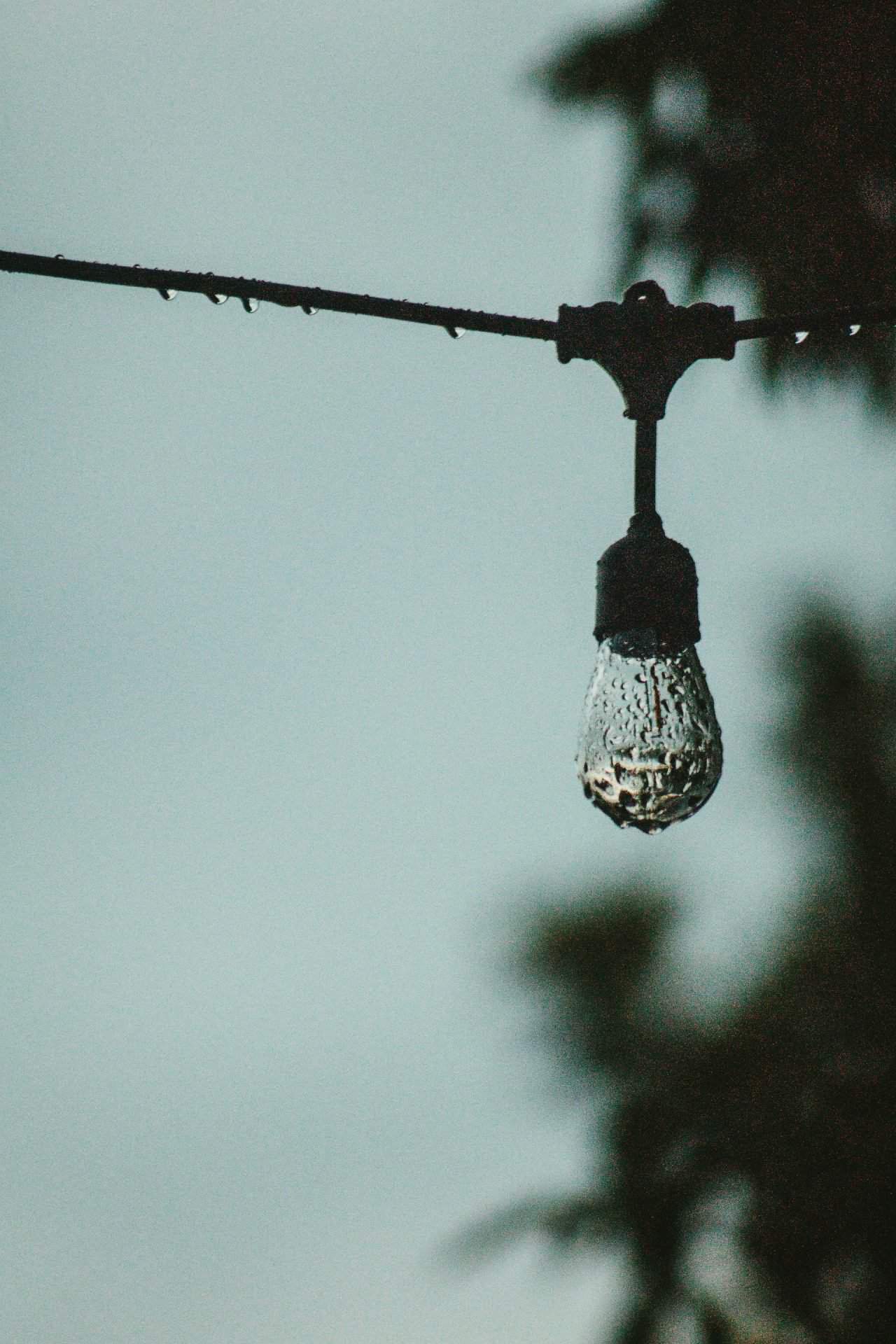
Setting up outdoor lighting requires careful planning and ongoing care. The right approach ensures a safe, efficient, and long-lasting system that enhances your outdoor spaces.
Installation Basics and Voltage Requirements
Installing outdoor lighting starts with choosing the right voltage. Most systems use low-voltage 12V or 24V, which is safer and more energy-efficient than 120V systems.
A transformer is needed to step down the voltage from your home’s 120V supply. Select a transformer that can handle the total wattage of your lights plus 20% for future expansion.
When laying out the system, keep cable runs under 100 feet to prevent voltage drop. Use heavier gauge wire for longer runs or higher wattage loads.
Proper wire connections are crucial. Use waterproof connectors to protect against moisture and corrosion.
Maintenance and Upkeep for Longevity
Regular maintenance keeps outdoor lighting working well. Clean fixtures every few months to remove dirt and debris.
Check for loose connections or damaged wires annually. Tighten or replace as needed.
Trim plants around lights to prevent overgrowth blocking the light. This also reduces moisture buildup that can damage fixtures.
Replace bulbs before they burn out. LEDs last longer but may need replacement after 5-10 years.
Check timers and photocells yearly to ensure they’re working correctly. Adjust for seasonal changes in daylight hours.
DIY vs Professional Installation
DIY installation can save money but requires careful planning and some electrical knowledge. It’s best for simple, low-voltage systems.
Professional installation ensures proper wiring, fixture placement, and compliance with local codes. It’s recommended for complex or high-voltage systems.
Pros can design a lighting plan that maximizes efficiency and aesthetics. They have specialized tools and experience to handle tricky installations.
DIY installation risks include improper wiring, poor placement, and potential safety hazards. Professional work often comes with warranties and ongoing support.
Consider your skills, time, and the complexity of the project when deciding between DIY and professional installation.

Calculating Lighting Spacing and UL Ratings
Proper spacing and understanding UL ratings are essential for safe and effective outdoor lighting installation. Here’s how to get it right:
Lighting Spacing: The spacing of outdoor lighting fixtures depends on their type and purpose. For pathway lights, space them 10-15 feet apart to ensure even coverage and safe navigation. Flood lights should be spaced 20-30 feet apart to provide broad, overlapping illumination for security and visibility.
UL Ratings: UL ratings indicate the level of protection an outdoor lighting fixture offers against moisture and water. Fixtures with a UL damp rating can withstand some moisture, making them suitable for covered areas like porches. Fixtures with a UL wet rating can handle direct exposure to water, ideal for open spaces like gardens and driveways. Understanding these ratings helps you choose the right fixtures for different outdoor settings.
By following these guidelines, you can create a well-lit, safe, and visually appealing outdoor space that enhances your home’s overall ambiance and functionality.
Accessorizing Your Outdoor Space
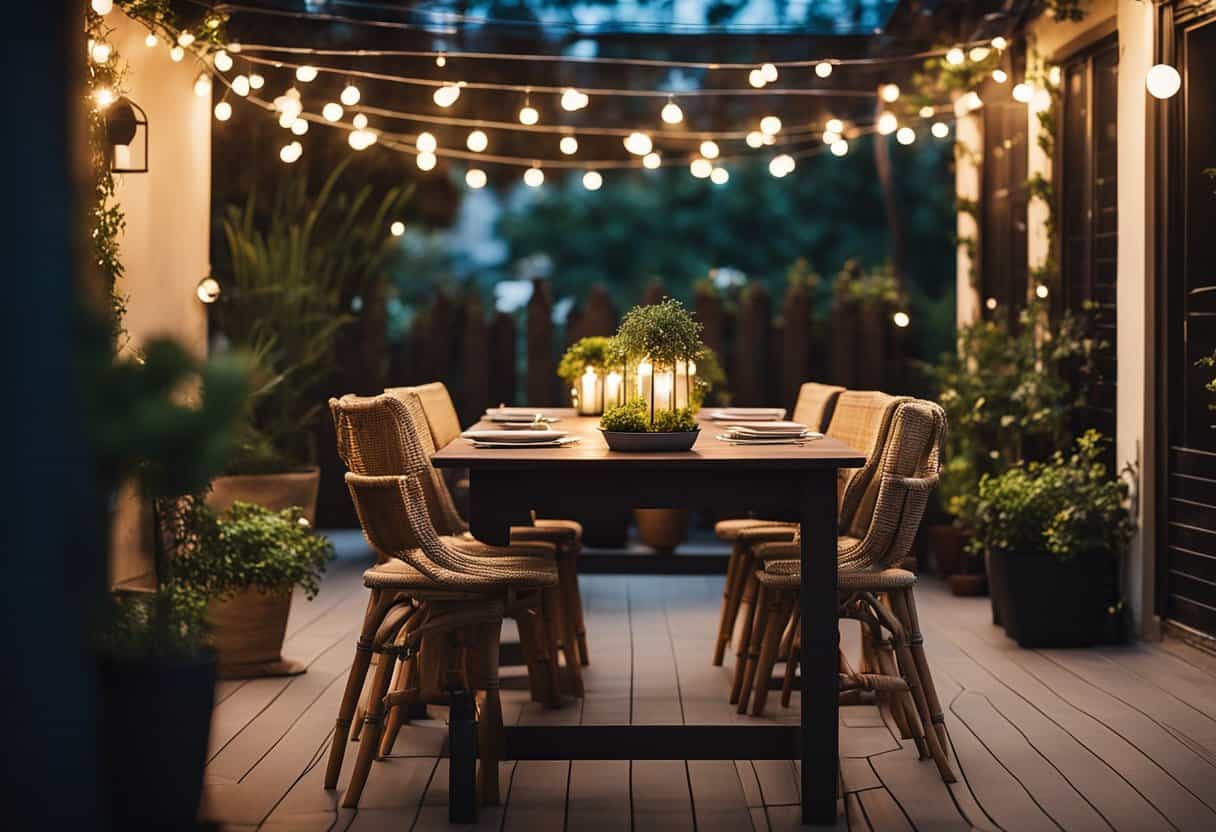
Outdoor lighting can transform your exterior areas into beautiful and functional spaces. The right accessories enhance safety, ambiance, and visual appeal.
Decorative and Accent Lighting Choices
Accent lighting adds style and highlights key features. Lanterns create a cozy atmosphere on patios or decks. Wall sconces frame doorways elegantly. Pendant lights work well for covered porches.
Consider these options:
String lights for a festive feel
Uplights to showcase trees or architecture
Downlights for subtle illumination
Spotlights to draw attention to landscaping
The right mix of fixtures creates depth and interest. Vary light levels and placement for the best effect. Use warm white bulbs for a welcoming glow.
Illuminating Pathway Lights and Entryways
Safety is key for walkways and entrances. Path lights guide visitors and prevent trips. Space them 6-8 feet apart for even coverage.
Entryway lighting options:
Overhead porch lights
Wall-mounted fixtures on either side of the door
Outdoor wall lights can enhance both security and aesthetics by illuminating dark spaces and creating a welcoming atmosphere.
Step lights for stairs
Motion sensors add convenience and security. Solar-powered lights save energy and are easy to install. Consider brightness and glare to avoid disturbing neighbors.
Functional Add-ons and Extras
Practical lighting improves usability of outdoor spaces. Task lighting for grilling areas ensures safe cooking. Deck lights extend evening enjoyment of patios.
Useful additions include:
Timers to automate on/off schedules
Dimmers for adjustable ambiance
Color-changing LED bulbs for special occasions
Weatherproof outlets allow for flexible lighting setups. Hidden speakers can integrate with smart lighting systems. Consider salt-resistant fixtures for coastal areas.
Frequently Asked Questions
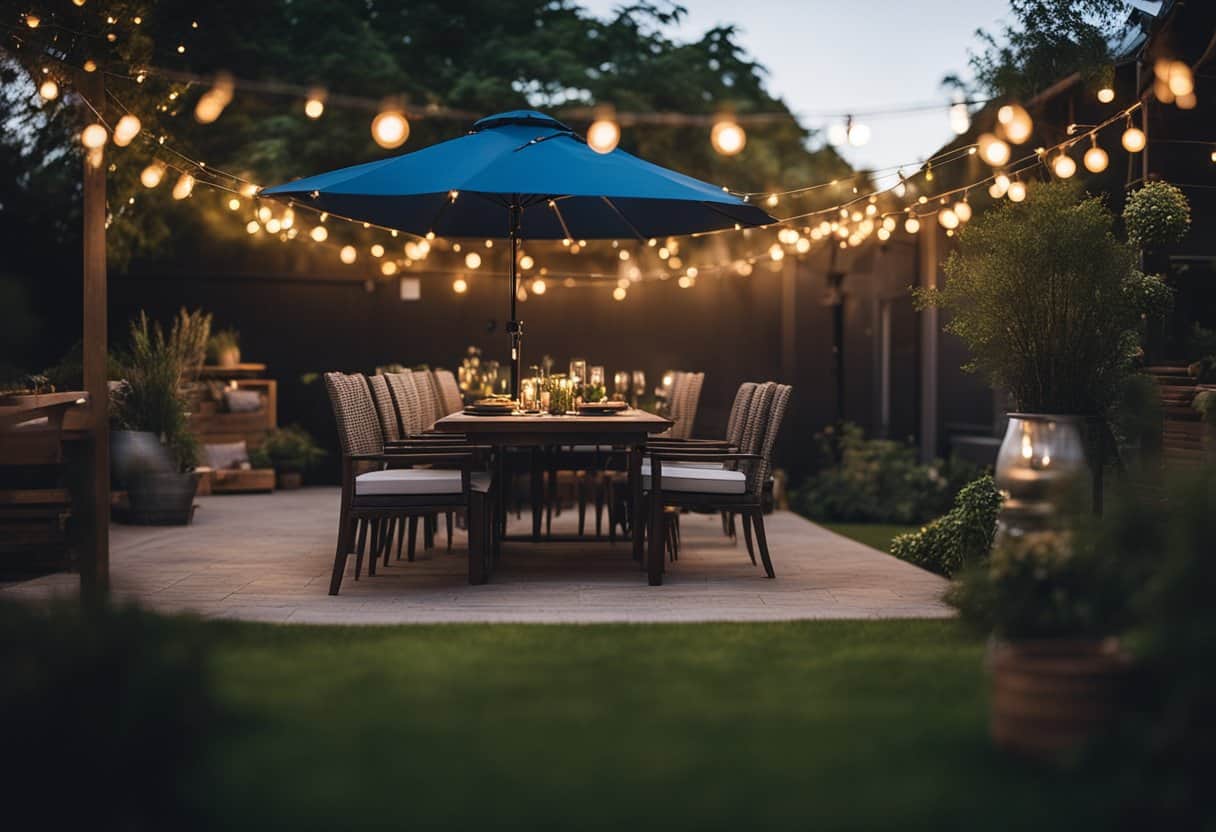
Choosing and installing outdoor lighting involves several key considerations. These include selecting the right fixtures, bulbs, brightness levels, and number of lights for your space. Safety and power source options are also important factors to weigh up.
How do I choose the right outdoor lighting fixtures for my home’s exterior?
Select fixtures that complement your home’s architectural style.
Consider the size and scale of the fixtures in relation to your house.
Outdoor lights must be weather-resistant to withstand the elements.
Look for fixtures made of durable materials like brass, copper, or stainless steel.
Choose finishes that match other exterior elements like door hardware or house numbers.
What are the best types of bulbs for outdoor lights?
LED bulbs are often the top choice for outdoor lighting. They use less energy, last longer, and perform well in cold temperatures.
Halogen bulbs provide bright, white light but use more energy than LEDs.
Compact fluorescent bulbs can work well in covered fixtures but may not perform as well in very cold weather.
What factors should I consider for ensuring adequate outdoor lighting brightness?
The desired brightness depends on the area and purpose of the lighting.
Entrances and pathways typically need brighter light for safety.
Accent lighting for landscaping can be softer.
Consider using dimmer switches to adjust brightness levels as needed.
The color temperature of the bulbs also affects perceived brightness.
How do I determine the optimal number of outdoor lights for my space?
Start by identifying key areas that need illumination, such as entryways, pathways, and accent features.
Measure these areas to determine coverage needs.
A general rule is to space path lights 8 to 10 feet apart.
For wall lights, aim for even spacing to create a balanced look.
Can you explain the difference between solar and wired outdoor lighting options?
Solar lights are powered by the sun and don’t require electrical wiring. They’re easy to install but may not provide as much brightness or reliability as wired options.
Wired lights connect to your home’s electrical system.
They offer consistent power and brightness but require professional installation.
Wired lights can be controlled with switches and timers.
What are the safety considerations when installing outdoor lighting?
Ensure all outdoor fixtures and wiring are rated for exterior use.
Use GFCI outlets for added protection against electrical shocks.
Keep wires away from high-traffic areas to prevent tripping hazards.
Consider motion sensors or timers to improve security.
Always follow local electrical codes and consider hiring a professional for complex installations.


